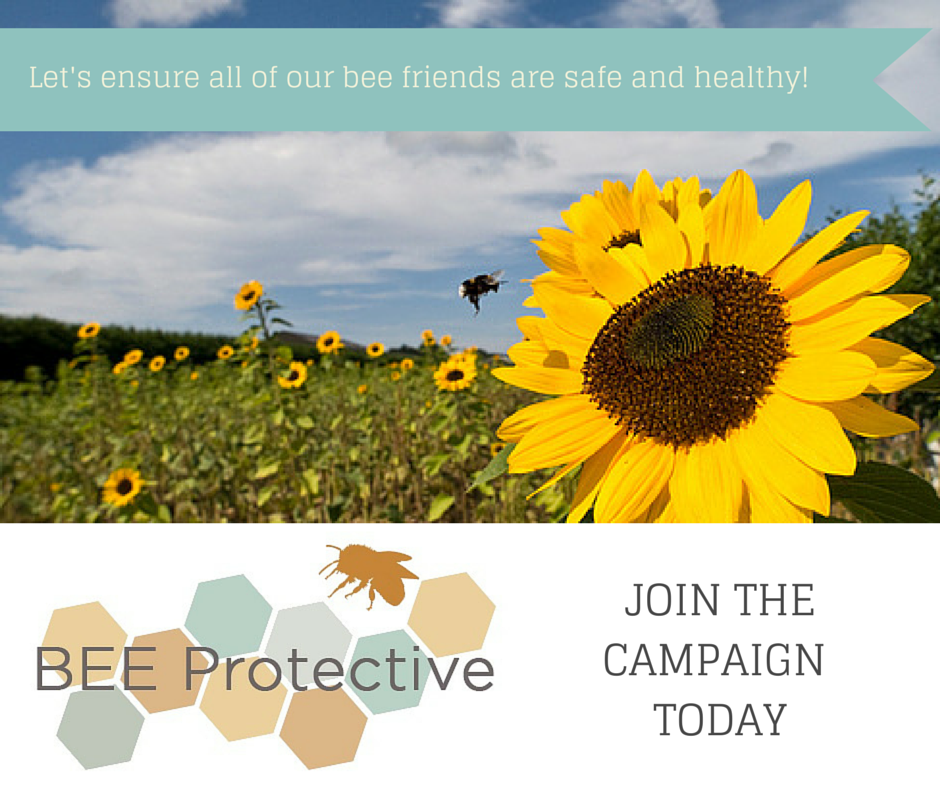24
Feb
Will White House Help Bees, as Declines Threaten to Sting Consumers’ Wallets, and States Respond?
(Beyond Pesticides, February 24, 2015) According to recent reports from local California news outlets, Honey Bees are in Short Supply In Central Valley, with the risk that consumers across the United States will be seeing higher prices on fruits, nuts, and vegetables this year as a consequence of declining honey bee populations. The ongoing pollinator crisis has resulted in greater than 30% of managed bee colonies dying off each winter since 2006, an unsustainable rate that will inevitably impact the pocketbooks of consumers in the U. S. and may even ultimately result in global malnutrition.
S. and may even ultimately result in global malnutrition.
But that doesn’t have to be the outcome. As Beyond Pesticides continues to remind concerned residents, although there are a number of hazards affecting honey bee populations, this crisis is No Longer a Big Mystery. The scientific evidence shows that a class of toxic, persistent, systemic chemicals called neonicotinoids present immense risks to honey bees and other pollinator species. Twenty-nine scientists spanning multiple disciplines analyzed over 800 peer-reviewed papers on the subject came to a similar conclusion. “The assessment found that both individuals and populations can be adversely affected by low or acute exposure making them highly vulnerable. Pollinators exposed to contaminated pollen, nectar and water are harmed at field realistic concentrations,” notes the Task Force on Systemic Pesticides.
At the close of National Pollinator Week 2014, President Obama issued a Memorandum mandating the creation of a federal strategy to promote the health of honey bees and other pollinators within 180 days. Last October the White House announced it would miss its self-assigned deadline, delaying the urgent action that is needed to address this crisis. As the European Union has already done, EPA must move swiftly to suspend the most harmful uses of neonicotinoids, and address the gaps that allowed these systemic insecticides on to market on a “conditional” basis, without a full review of pollinator impacts.
>>Join us in asking the President to #BeeKindObama and take swift action to protect pollinators.
Numerous other localities and organizations have taken action to protect honey bees from neonicotinoid pesticides. And a growing number of state legislatures are now debating whether to move forward on restrictions regarding these bee-toxic chemicals. In Maryland the Pollinator Protection Act of 2015 is coming up for a committee vote today. The legislation will require nurseries in the state to display a disclosure statement on plants and seeds that are treated with neonicotinoid insecticides and phase-out their over-the-counter sales to retail consumers. Since use of neonicotinoid pesticides is still lawful under the bill, the legislation will require those who use them to be certified applicators or farmers, thus attempting to ensure more control over their application. Marylanders can support this critical legislation by sending a letter to their State Senator through this page.
Elsewhere, in Alaska, legislators introduced SB 20, which will restrict neonicotinoid applications only to greenhouses. In Minnesota, state legislators and officials are continuing efforts to protect bees through HF 411, legislation that creates criteria for a pollinator-friendly neighborhood program. Such criteria would be based in part on the percentage of properties within a neighborhood refraining from using pesticide products that harm pollinators. HF 411 is reminiscent of the hard work that the folks at Bee Safe Boulder continue to do on a voluntary basis to protect honey bees and other pollinators. Earlier this month, the group gave a presentation to the Boulder City Council, pushing for the city to become bee safe.
Sign the Petition! Tell the President to #BeeKindObama. As honey bee declines continue and the crisis begins to impact consumer’s pocketbooks, it is imperative the President Obama and executive agencies take swift action to address this issue by suspending neonicotinoid pesticides.
State and local efforts are also critical in pressuring the White House to act. Concerned residents can get engaged by encouraging your community to be pollinator friendly and make changes that will protect your local pollinator population. For help with your campaign, visit the BEE Protective webpage, and contact Beyond Pesticides at 202-543-5450, or by email at [email protected].
All unattributed positions and opinions in this piece are those of Beyond Pesticides.










